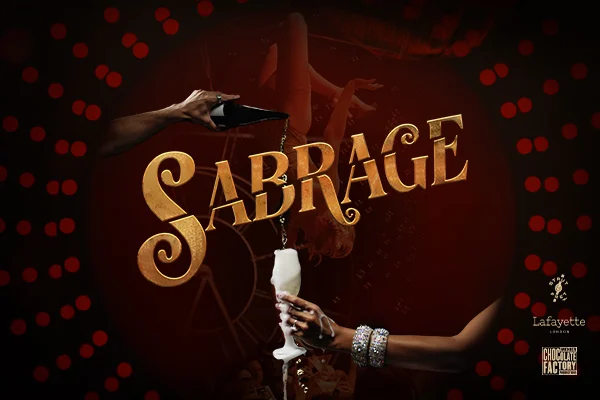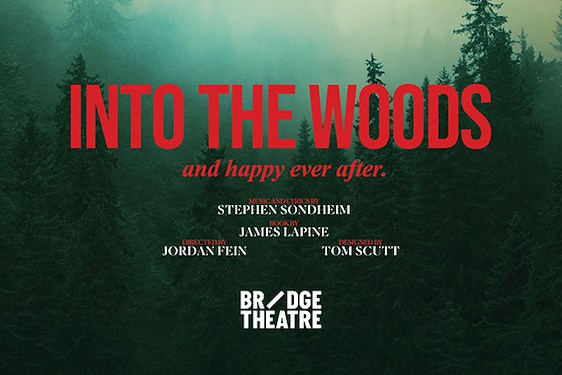Very early in After the Silence, Juliana França’s character relates her experience of being taught about Brazil’s history in school. The educational system delivered a fantasy version of the country’s past, portraying a melting pot of racial harmony. She knew another history though—a darker history in which racism and the legacy of colonialism were, and still are, wreaking havoc on communities, families, and individuals. It inspired her character to become a teacher herself and to ensure that the harsh reality Indigenous and Afro-Brazilian people have faced, and continue to face, is heard.
A powerful meditation on community, resistance, and the ongoing struggle for recognition and truth
It’s a useful lens to understand what is a sophisticated, multi-layered, sometimes hard-to-pin-down piece of multimedia theatre. As the excellent França, along with the equally strong Gal Pereira, Caju Bezerra, and Aduni Guedes, weave through tales of oppression and injustice, backdropped by three large screens showing the English surtitles of the Brazilian script and film footage from the actual 1984 documentary Cabra Marcado Para Morrer and fictionalised documentary footage the company shot with some of the real people of the Chapada Diamantina region, we learn about this unheard history of violence and iniquity.
At the narrative heart of writer and director Christiane Jatahy’s work are two murders, one historical and one fictional, but both representing the silencing of those trying to fight for the powerless. It’s a testament to the production that real-life documentary sits so neatly with the fictionalised account. Lines blur between the educational and the polemic; between documentary and fictional film; between reality and drama; and between the tangible and the transcendent. Through it all, the portrayals continue to feel almost entirely authentic, and the cast do a great job of traversing their roles with subtlety, grace, and at times, prodigious emotional power.
After the Silence navigates a vast dramatic terrain, shifting from the didactic tone of a lecture to the mystical intensity of a jarê possession. The fluid movement between different forms and moods allows the play to capture the raw emotional reality of lives marked by the weight of a colonial legacy and the unhealed wounds of violence for which justice may never be served. Despite its complex structure, the production remains deeply rooted in the authentic human experience, offering a powerful meditation on community, resistance, and the ongoing struggle for recognition and truth.


















